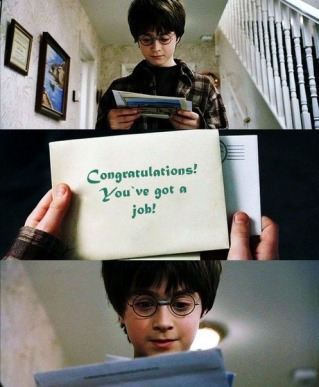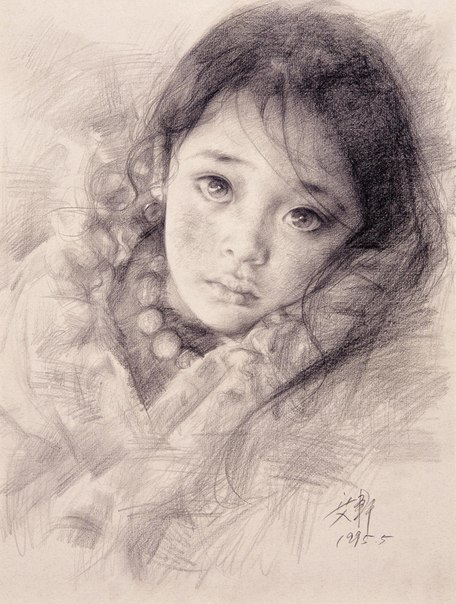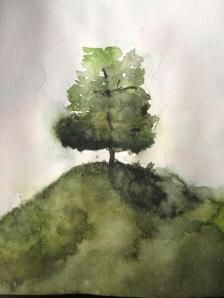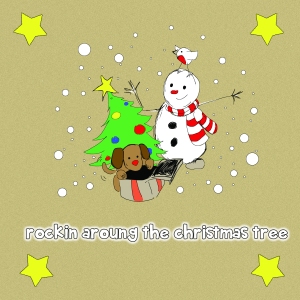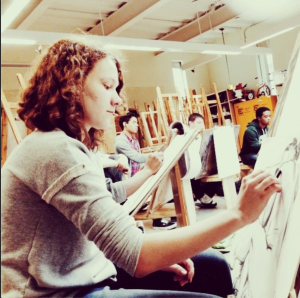The magazine cover design has always been a unique and quite a fascinating kind of art. Nowadays, everyone in the publishing industry is involved in a creative process of covers development: publishers, illustrators, editors, and designers themselves. A good cover reflects an atmosphere of an issue and provides strong visual communication between the creator and a reader. Moreover, it is not only about the magazine covers: books and even newspapers (like all print media generally) need a good cover, which represents them.
Who was one of the first artists – the cover creators?
There is quite a number of them, such as R.K, Ryland, Dean Cornwell, Harvey Dunn, James Montgomery Flagg,Charles Dana Gibson, Maxfield Parrish, Howard Pyle, John Cecil Clay, Porter Woodruff, Frank Xavier Leyendecker, John Rawlings, N.C. Wyeth, and many more.

The Bridge. Harpers Bazaar illustration by Dean Cornwell
Howard Pyle, for instance, became famous as the father of American visual communication and invented a collective image of the pirate character that still services as the movies inspiration over a century later. Other painters, such as John Sloan and William Glackens, also created cover-art in this era. James Montgomery Flagg’s self-portrait ‘Uncle Sam’ exclaiming ‘I Want You!’ became a national icon.

A book illustration by Howard Pyle

“Uncle Sam” by James Montgomery Flagg 1917
Then…
In 1741, the idea of magazines was introduced by Benjamin Franklin and Andrew Bradford into America. The Christian History magazine was published in 1743 and was the very first successful magazine in America, which unlike its short-lived predecessors lasted a few short years. Non of these magazines had a familiar cover page.

Christian History Magazine
The Royal American Magazine was established by Isaiah Thomas in January, 1774, and continued by him through the issue of June, 1774. Joseph Greenleaf immediately followed him and published the magazine from July, 1774 to its final issue in March, 1775. The text was largely taken from London magazines, and the plates were nearly all based on English originals.

The Royal American Magazine established by Isaiah Thomas
… And now

June 1911, by Harrison Fisher

August, 2013 Cover girl: Rachel Bilson












